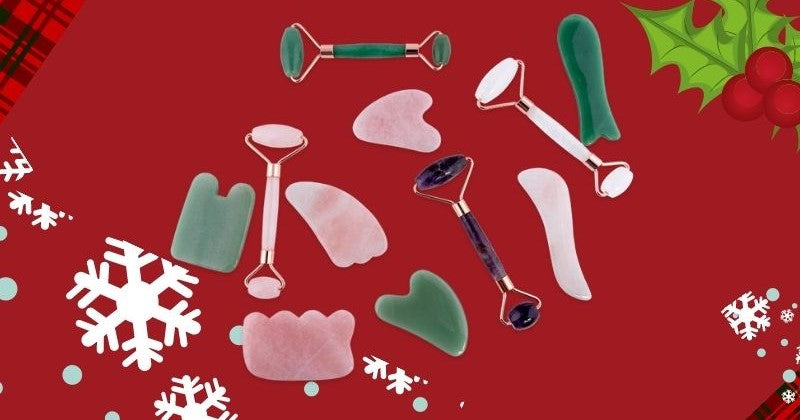RThe ancient Chinese therapy known as ‘gua sha’ has carved out quite the reputation for itself.
A way to stimulate blood flow and the lymphatic system, a typical treatment involves gentle scraping against the skin and digging into tissue.
The benefits are obvious after even a single session. It’s grown so popular that spas and beauty salons across Canada now offer gua sha sessions. You can buy the tools online to perform treatments at home as well.
After a gua sha treatment, one of the things you will notice is color come to the surface. ‘Petechiae’, aka spots that develop on the skin, is sometimes a term used to describe this discoloration.
The presence of color on the skin and/or petechiae can say a lot about your health status. Sometimes, they read as harmless but then, in other moments, they can hint at a serious issue. Affected areas most likely to see this type of color present are on the legs, arms, stomach, and buttocks.
Look at the part of your body that’s been treated with gua sha. Petechiae develops here temporarily. It may only stay for a few minutes to up to a few days before starting to fade. According to Chinese texts, here are what the colors mean.
Pink
It is a common. This means you may be suffering from a blood deficiency. It can also mean an illness has recently developed.
Purple
Purple or black signifies that presence of a long-term health condition that has been inside the body for a long time. It can also be a sign that there is underlying tissue damage, although practitioners who use gua sha tools properly should not be temporarily damaging tissue consistently in this way.
Brown
Brown is thought to be representative of dehydration. This indicates someone isn’t consuming enough liquids and subsequently, dehydration can lead to many complications and in rare examples, the development of chronic health issues.
Dark Red
Dark red signifies inflammation. Some bodies produce more inflammation than others. Dark red can also mean stagnation, either in the form of a developing underlying disease, a chronic condition, or with circulation.
Is Gua Sha Color Normal?
All in all, don’t be surprised if you experience spots of color developing on your skin after a gua sha session. It is entirely normal and shouldn’t be considered harmful. They also are not skin damage. Many traditional Chinese practitioners believe petechiae is a necessary element of treatment, aiding them assess certain health conditions.
Above information can't replace medical diagnosis. Please consult your medical care practitioner if you are interested in gua sha treatment but not sure if it is suitable for you; or you have some specific health condition and you're not sure if you can use Gua sha at home.
Find out qulified Gua sha tools suppliers is very important. Please contact Lierre.ca to buy gua sha in Canada and check the upcoming Black Friday Deals. Learn the technique. Apply it on yourself at the end of a long day. See the difference.

